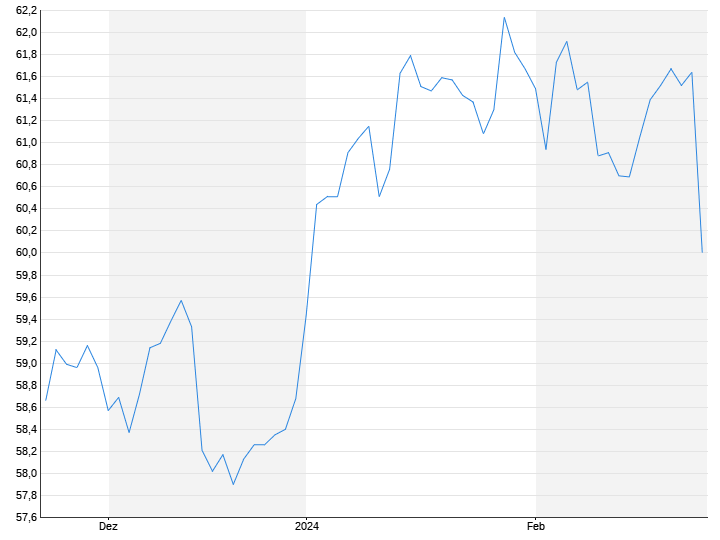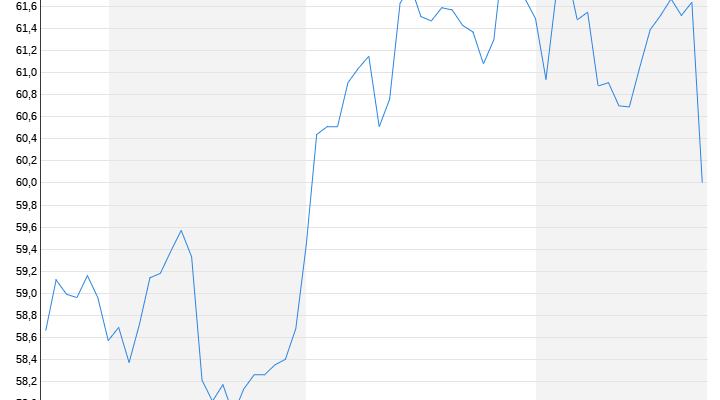Saudi Arabia has one of the largest cowsheds in the world. 50,000 animals are kept there – in the middle of the hot and dry desert. The demand for water is enormous – groundwater supplies are already running out.
The Rub al-Khali Desert in Saudi Arabia is the largest sand desert in the world at 780,000 square kilometers. In the middle of the endless sand, about 100 kilometers from Saudi Arabia’s capital Riyadh, stands one of the world’s largest cowsheds.
The Al-Safi farm is one of four dairy farms in the desert state. 50,000 Holstein dairy cows are kept in the kilometer-long stables, with an outside temperature of 55 degrees in the desert. Each stable is 500 meters long and houses 1,500 cows.
Keeping cows in the desert is a challenge. Saudi farms use fans and water misters to combat the animals’ heat stress. In the stables at Al Safi Farm, the cooling systems ensure a constant temperature of 27 degrees. When it gets hotter, the sprinkler system starts automatically. To produce one liter of desert milk, the system uses 100 liters of water.
“Cooling is very important. If the cows are too hot, milk production drops massively. But if we keep the temperature at 25 to 30 degrees, they produce a lot of milk,” explains manager Abdul Rahman RTL.
A million liters of milk every day
Each cow goes to the fully automatic milking station four times a day and produces a total of around 40 liters of milk. For comparison: a dairy cow in Germany only manages 27 liters a day, a little more than half. In total, that’s up to 800,000 liters of milk per day. The manufacturer speaks even from over a million liters of milk every day. The milking station runs almost around the clock.
Around 65 calves are born in the giant stable every day. Each cow is monitored in detail using a chip in her ear. “We can see how much they eat, what their milk production is, whether the cow is pregnant or has received medication,” says Abdul Rahman.
Forage cultivation in Africa and the USA
Some of the feed for the cows is imported, it comes from all over the world. Because in the desert hardly any fodder plants are allowed to be grown in order to reduce water consumption. In the future, more livestock feed will come from Sudan. That’s where it’s built Pursue According to his own statements, he founded a large agricultural company together with investors. This is supposed to deliver corn, millet and grasses to the desert cowsheds in Saudi Arabia. The animals devour at least 1,300 tons of food every day. In addition to hay, cornflakes from the USA are also included in the feed mix.
Other dairy farms in the country now also buy their feed elsewhere: the Almarai farm in Al-Kharj, not far away, has more than three times as many Holstein cows, 180,000. The farm is one of the world’s largest milk producers. In 2014, the company purchased around 40 square kilometers of farmland in the US state of Arizona, where it grows the fodder crop alfalfa.
There is a milk factory attached to the farm. In 2001, the French company Danone bought 50.1 percent of the Saudi Arabian dairy farm. The desert milk is used to produce milk drinks, yoghurts and cheese under the Al Safi Danone brand, over 80 dairy products in total. The company supplies Saudi Arabia and exported them in 12 countries in the Middle East.
Subsidies for agriculture
Al-Safi Farm has been around for over 40 years (1981). It was built by the Saudi royal family. Al Safi quickly became the largest dairy in the country and soon the world. At the end of the 1990s, the farm was the largest dairy farm in the world with 24,000 animals.

Saudi Arabia used to be very dependent on food imports. In response to the Arab oil embargo against Western countries in 1973, the Saudi government wanted to become independent and started a subsidy program. It supported agriculture with subsidies. Farmers were paid the freight for dairy cows flown in from Europe and Canada. The farms were allowed to tap into the groundwater reserves. Huge projects emerged, including the Al Safi farm.
In the 1980s, Saudi Arabia went from being a food importer to an exporter and was at times the sixth largest wheat exporter in the world. The country still exports grain to this day, as well as vegetables, fruits and dairy products.
Groundwater levels have fallen several meters
However, it is questionable for how long. The amount of water that farms like Al Safi need now comes from two kilometers deep in the earth. It is 70 degrees hot and needs to be cooled down first.
Saudi Arabia does have huge, ancient groundwater reserves. Due to intensive agriculture and the growing population, the groundwater level has fallen – by up to six meters per year since the 1980s, according to the United Nations.
Because there is so little rain, the groundwater reservoirs are hardly replenished. Groundwater is now at a critical level in many parts of the country. Researchers believe the country has almost reached its tipping point. Then farmers would suddenly lose their water source – which could jeopardize food production.
“Learned something again” is a podcast for the curious: Why would a ceasefire probably just be a break for Vladimir Putin? Why does NATO fear the Suwalki Gap? Why does Russia have iPhones again? What small behavioral changes can save 15 percent energy? Listen and get a little smarter three times a week.
You can find all episodes in the ntv app RTL+, Amazon Music, Apple Podcasts and Spotify. For all other podcast apps you can use the RSS feed.
You have a question? Please send us an email to [email protected]
